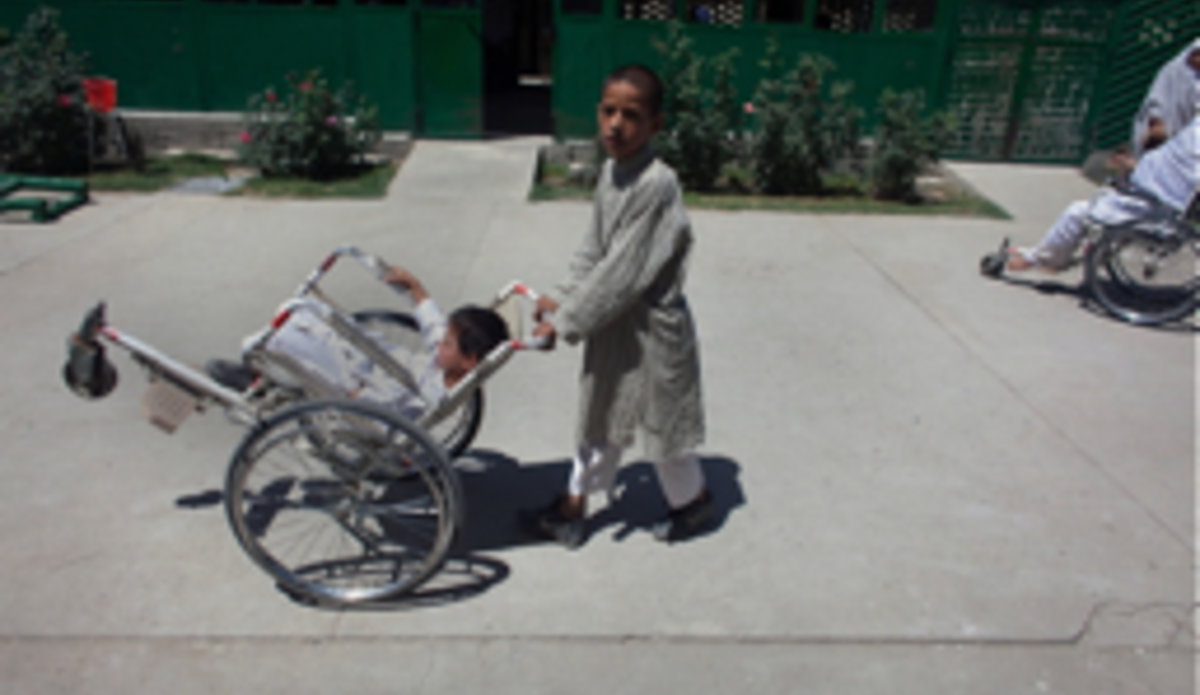Afghan civilian death toll jumps 31 per cent due to insurgent attacks – UN
KABUL - A rise in insurgent attacks has led to a 31 per cent increase in the number of civilians killed in Afghanistan in the first six months of 2010 compared with the same period in 2009, the United Nations said in a new report released today.
The total number of civilian casualties in the first six months of this year, according to the human rights section of the UN Assistance Mission in Afghanistan (UNAMA), is 3,268 – including 1,271 deaths and 1,997 injuries.
“The human cost of this conflict is unfortunately rising,” Staffan de Mistura, the Secretary-General’s Special Representative and head of UNAMA, said during a news conference in Kabul to present the 2010 Mid-Year Report on Protection of Civilians in Armed Conflict.
Of the total number of casualties, 2,477 were attributed to anti-government elements (AGEs), representing 76 per cent of all casualties, up 53 per cent from 2009, while 386 were attributed to pro-government forces (PGF) activities, representing 12 per cent of all casualties, down from 30 per cent in 2009.
The number of children killed or injured has risen 55 per cent, along with 6 per cent more women, over the same period last year, the report found.
“Afghan children and women are increasingly bearing the brunt of this conflict. They are being killed and injured in their homes and communities in greater numbers than ever before,” said Mr. de Mistura.
The report also noted a 30 per cent drop in the number of casualties attributed to PGF during the reporting period, which it said is driven by a 64 per cent decline in deaths and injuries caused by aerial attacks.
UNAMA identified two major developments that increased harm to civilians in the first six months of 2010 compared to 2009.
First, anti-government elements used a greater number of larger and more sophisticated improvised explosive devices (IEDs) throughout the country. Secondly, the number of civilians assassinated and executed by AGEs rose by more than 95 per cent and included public executions of children.
“This intensified pattern of assassinations and executions reinforced the widespread perception of Afghan civilians that they are becoming more and more the primary target in this period of conflict,” said Mr. de Mistura.
The report stated that aerial attacks by the International Security Assistance Force (ISAF) remained the most harmful tactic used by pro-government forces, causing 69 of the 223 civilian deaths attributed to PGF in the first six months of 2010 (31 per cent) and injuring 45 Afghan civilians.
However, it added, civilian deaths caused by PGF aerial attacks decreased 64 per cent from the same period in 2009, reflecting growing implementation of ISAF’s July 2009 Tactical Directive regulating the use of air strikes and other measures to reduce civilian casualties.
Civilian casualties increased the most in southern Afghanistan in the first six months of 2010, with over half of assassinations and executions occurring there.
“The devastating human impact of these events underscores that, nine years into the conflict, measures to protect Afghan civilians effectively and to minimize the impact of the conflict on basic human rights are more urgent than ever,” said Georgette Gagnon, Director of Human Rights for UNAMA.
“All those concerned must do more to protect civilians and comply with their legal obligations not to attack civilians,” she stated.
The report makes a number of recommendations, including that the Taliban should withdraw all orders and statements calling for the killing of civilians, as well as end the use of IEDs and suicide attacks.
In addition, it called on international military forces to make their investigation and reporting on civilian casualties including on accountability more transparent, as well as maintain and strengthen directives restricting aerial attacks and the use of night raids.
The Afghan Government, the report said, should create a public body to lead its response to major civilian casualty incidents and its interaction with international military forces and other key actors, among other elements.
By UN News Centre
 UN
UN







